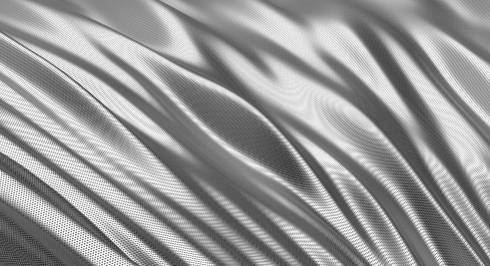In the world of yachting, every detail matters – down to the materials used to forge the propellers that propel these vessels forward. Material choice affects not just the durability and longevity of the propeller, but also its performance characteristics, making it a critical aspect of yacht design.
Understanding the Role of Material Choice in Propeller Performance
Choosing the right propeller material is an essential part of optimizing a yacht’s performance. Each material has unique characteristics that influence factors like propeller weight, strength, corrosion resistance, and price. These characteristics can, in turn, affect the yacht’s speed, maneuverability, fuel efficiency, and overall performance.
Bronze: A Classic Choice for Luxury Yachts
Bronze, specifically manganese bronze, has been a longstanding favorite for luxury yacht propellers. This alloy, comprised of copper, zinc, and manganese, offers an excellent balance between strength, corrosion resistance, and cost.
Bronze is more dense and typically heavier than alternative materials, which allows for better vibration absorption. This characteristic makes bronze an excellent choice for luxury yachts where smooth and quiet operation is a priority.
However, bronze propellers require regular maintenance to prevent marine growth and to monitor for signs of electrolysis. This routine care ensures the propeller’s longevity and maintains the yacht’s premium performance.
Stainless Steel: The Power Player for Racing Yachts
When speed and power are the name of the game, as in the world of racing yachts, stainless steel becomes the material of choice for propellers. Stainless steel, often in the form of high-grade alloys like 316 or 2205, is significantly stronger than bronze, allowing for thinner, more efficient blade designs.
The increased strength of stainless steel can also endure the high loads of high-performance racing yachts without deformation. Its corrosion resistance is superior to bronze, making it a more durable choice in saltwater environments.
However, stainless steel propellers can be more expensive and, due to their hardness, more challenging to repair if damaged. They also transmit more vibration, which can be a trade-off for their increased performance.
Nibral: A High-End Hybrid
Nibral, an alloy made of nickel, bronze, and aluminum, is a high-end choice that combines the best of both bronze and stainless steel. Nibral offers the corrosion resistance and vibration damping of bronze with the strength closer to that of stainless steel. It’s a popular choice for high-performance luxury yachts where both comfort and speed are desired.
Nibral propellers are typically more expensive than their bronze or stainless steel counterparts, reflecting their superior performance characteristics.
Final Thoughts
The choice of propeller material can significantly influence a yacht’s performance, making it a crucial consideration in yacht design and construction. Whether it’s the tried-and-true bronze, the power-performing stainless steel, or the hybrid nibral, each material brings unique strengths to the table. By understanding these attributes, yacht owners can make an informed choice that aligns with their needs and preferences, whether they’re seeking the quiet luxury of a leisurely voyage or the adrenaline-fueled thrill of a high-speed race.

